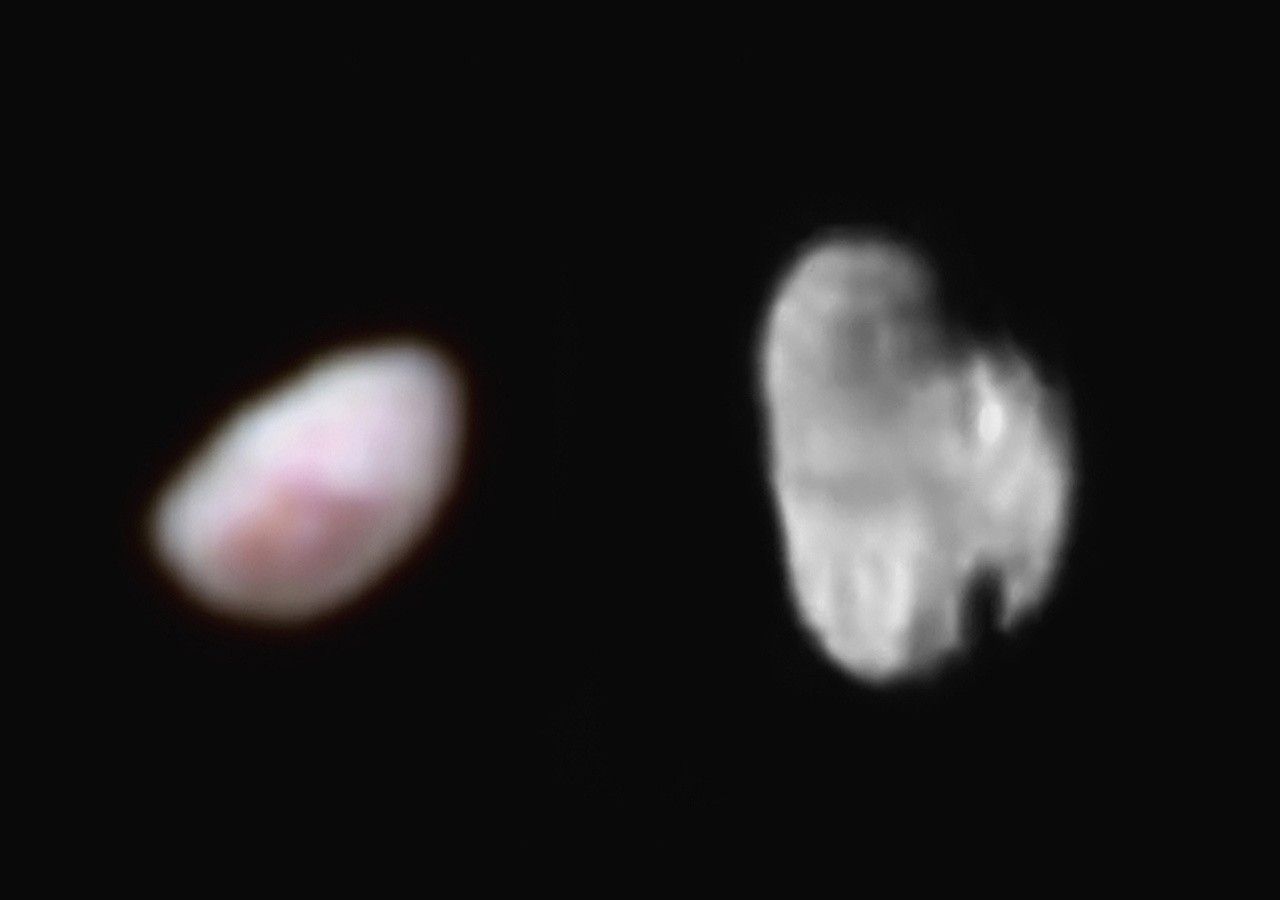Pluto Moons: Facts
Quick Facts
Pluto's moon system – Charon, Nix, Hydra, Styx, and Kerberos – is believed to have formed after a collision between Pluto, and another Kuiper Belt Object early in the history of the solar system. The smashup flung material that coalesced into the family of satellites observed around Pluto.
All of Pluto's moons are named for mythological figures associated with the underworld, a naming convention that started when 11-year-old Venetia Burney named Pluto in 1930.
Pluto's Moons
| IAU Number | Name | Discovered | Discoverer(s) |
| Pluto I | Charon | 1978 | J.W. Christy |
| Pluto II | Nix | 2005 | H.A. Weaver, S.A. Stern, M.J. Mutchler, A.J. Steffl, M.W. Buie, W.J. Merline, J.R. Spencer, E.F. Young, L.A. Young |
| Pluto III | Hydra | 2005 | H.A. Weaver, S.A. Stern, M.J. Mutchler, A.J. Steffl, M.W. Buie, W.J. Merline, J.R. Spencer, E.F. Young, L.A. Young |
| Pluto IV | Kerberos | 2011 | M.R. Showalter, D.P. Hamilton, S.A. Stern, H.A. Weaver, A.J. Steffl, L.A. Young |
| Pluto V | Styx | 2012 | M.R. Showalter, H.A. Weaver, S.A. Stern, A.J. Steffl, M.W. Buie, W.J. Merline, M.J. Mutchler, R. Soummer, H.B. Throop |

































